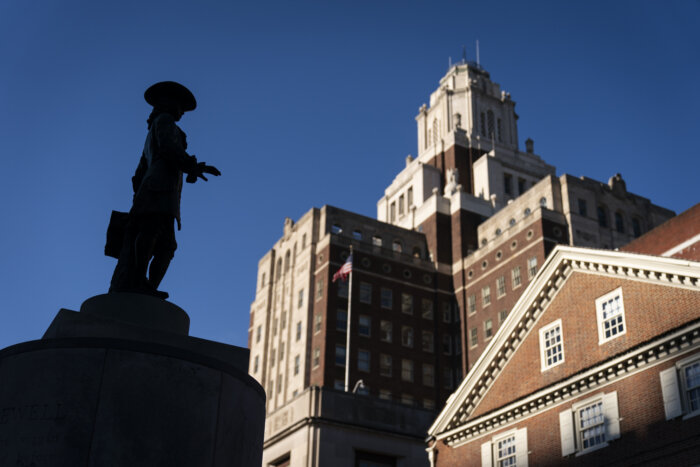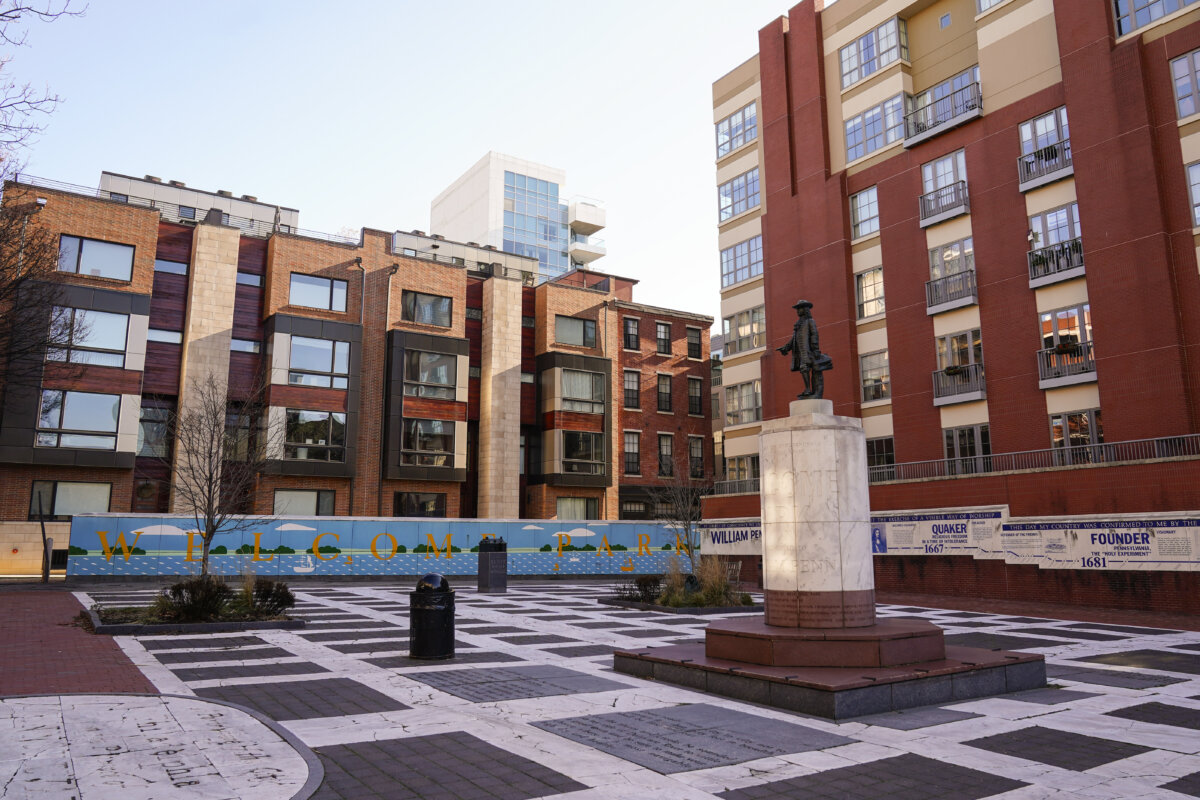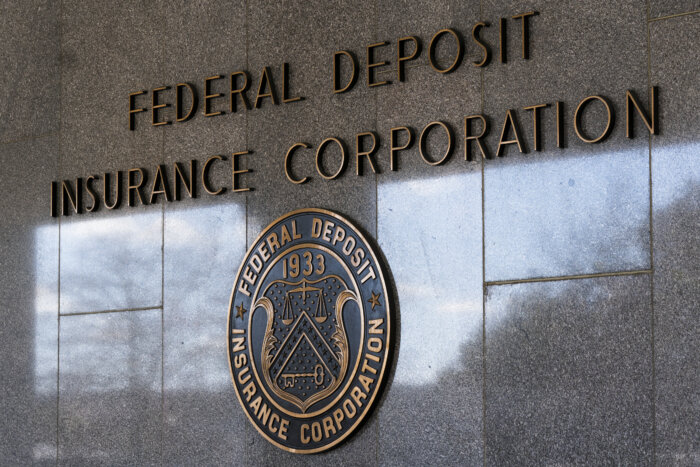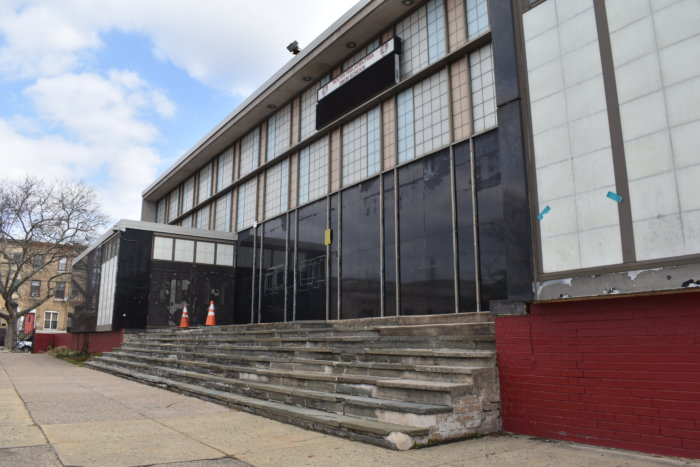By MARC LEVY Associated Press
The National Park Service withdrew a proposal Monday to take down a statue of William Penn at a Philadelphia historical site as part of a renovation that touched off a torrent of criticism over the legacy of the man who founded the province of Pennsylvania.
In a brief statement, Independence National Historical Park said it has withdrawn the proposal it had announced quietly before the weekend about a wider renovation of Welcome Park, located just blocks from the Liberty Bell and the National Constitution Center.
The proposal, it said, was released “prematurely” and hadn’t undergone a complete internal review.
“No changes to the William Penn statue are planned,” it said. The park service never explained the reason for the impetus to remove the statue.
The plan had also involved expanding the telling of Philadelphia’s Native American history and fixing up a deteriorating hardscaped park.
Taking down the statue of William Penn, however, looked like it might become the latest front in a fight over how to tell the nation’s history through its monuments.

Pennsylvania’s top Republican state House member, Rep. Bryan Cutler, had accused President Joe Biden in a statement of trying to “cancel” William Penn. Cutler called it “another sad example of the left in this country scraping the bottom of the barrel of wokeism to advance an extreme ideology and a nonsensical view of history.”
Democratic Gov. Josh Shapiro took credit for the park service’s reversal, saying in a statement that “my team has been in contact with the Biden Administration throughout the day to correct this decision.”
Welcome Park is a section of a city block bordered by apartments and a bed and breakfast. It is named for the ship that brought Penn to Philadelphia from England in 1682 and is built on the site of Penn’s home, the Slate Roof House, which was demolished in the 1800s.
Penn founded Pennsylvania after King Charles II granted him a charter for over 45,000 square miles (116,500 square kilometers) of land in 1681.
Andrew Murphy, a political science professor and biographer of Penn at the University of Michigan, said it didn’t surprise him that some people would object to tearing down the Penn statue.

Murphy said that being a Quaker in Penn’s time meant dressing in plain clothes, using plain speech and worshipping in plain spaces. Quakers at times refused to have grave markers to avoid calling attention to themselves.
Penn claimed that he did not want Pennsylvania named after him and that King Charles II chose the name to honor Penn’s father, Murphy said.
Murphy wondered if Penn would have even wanted a statue of himself.
“It may or may not make a difference, but the idea of there being a statue of Penn himself, it strikes me as something that Penn himself might have been quite ambivalent about,” Murphy said.
































